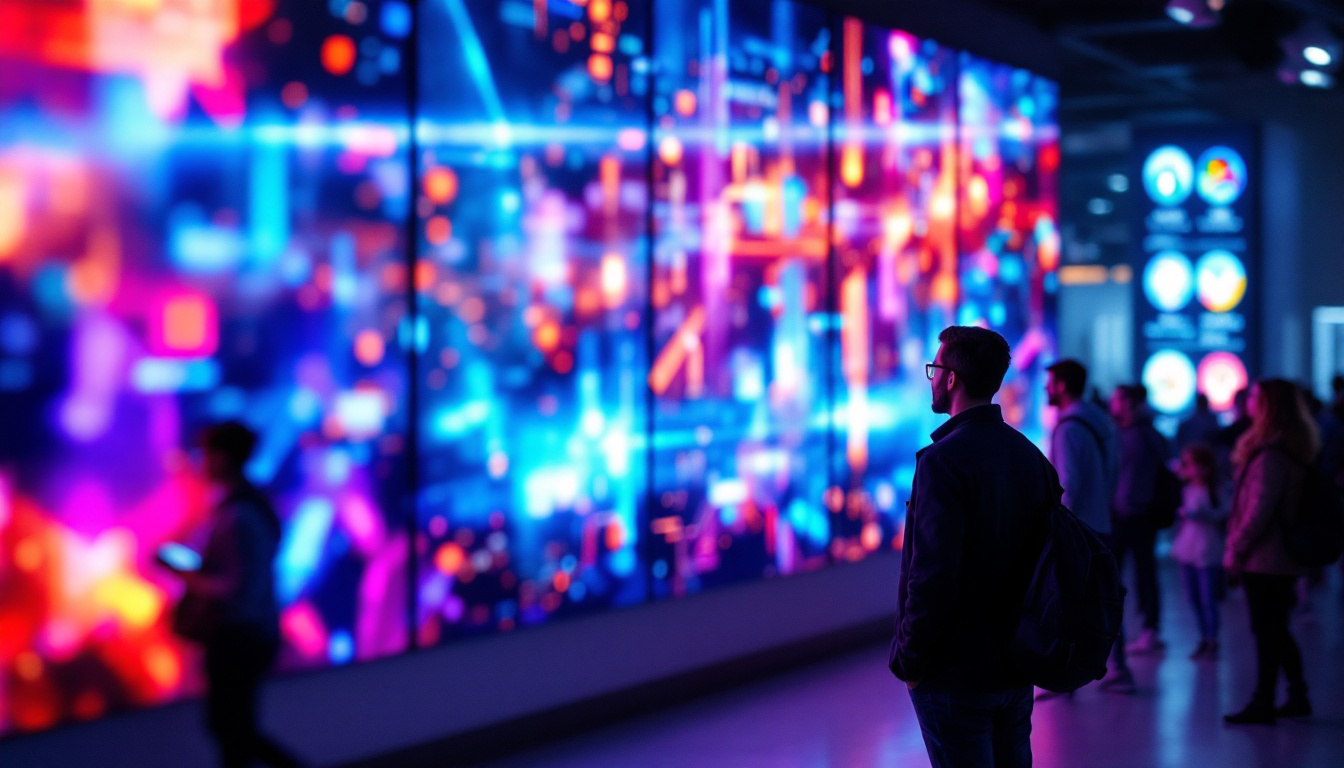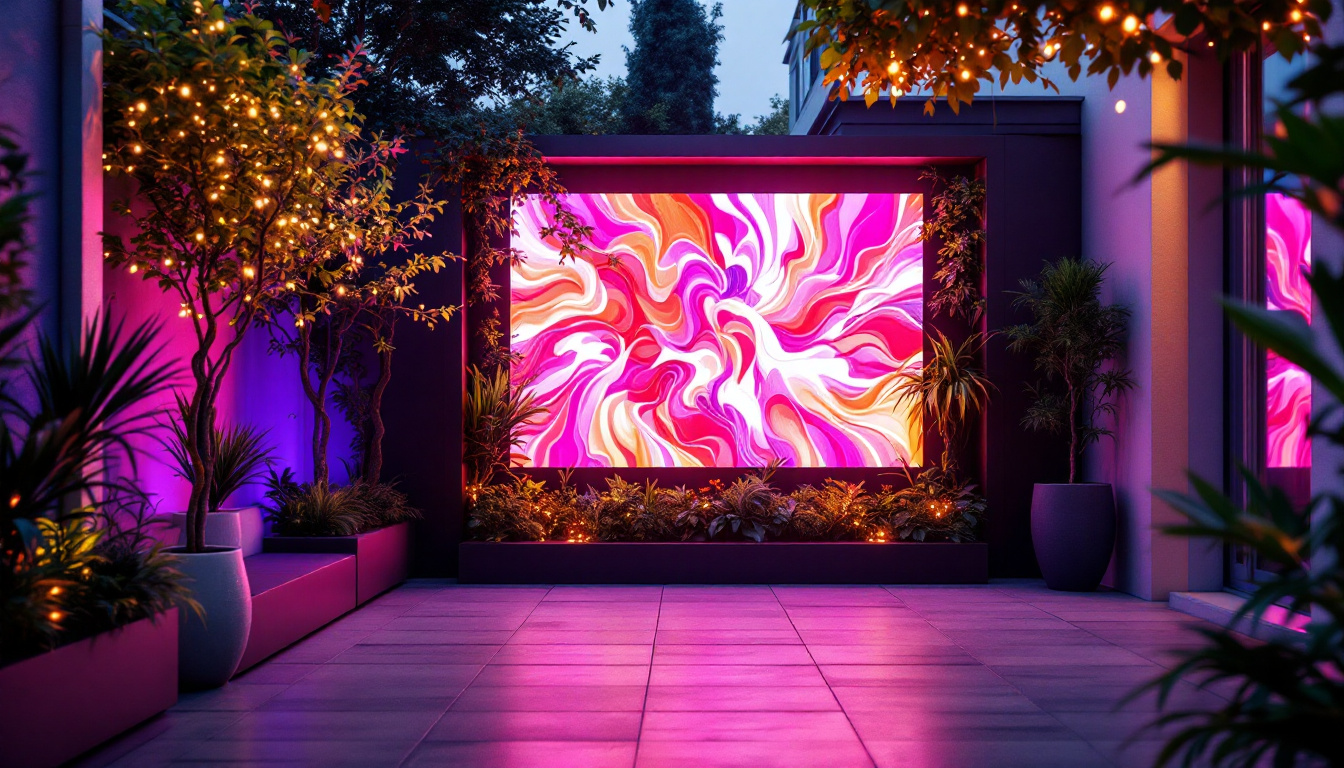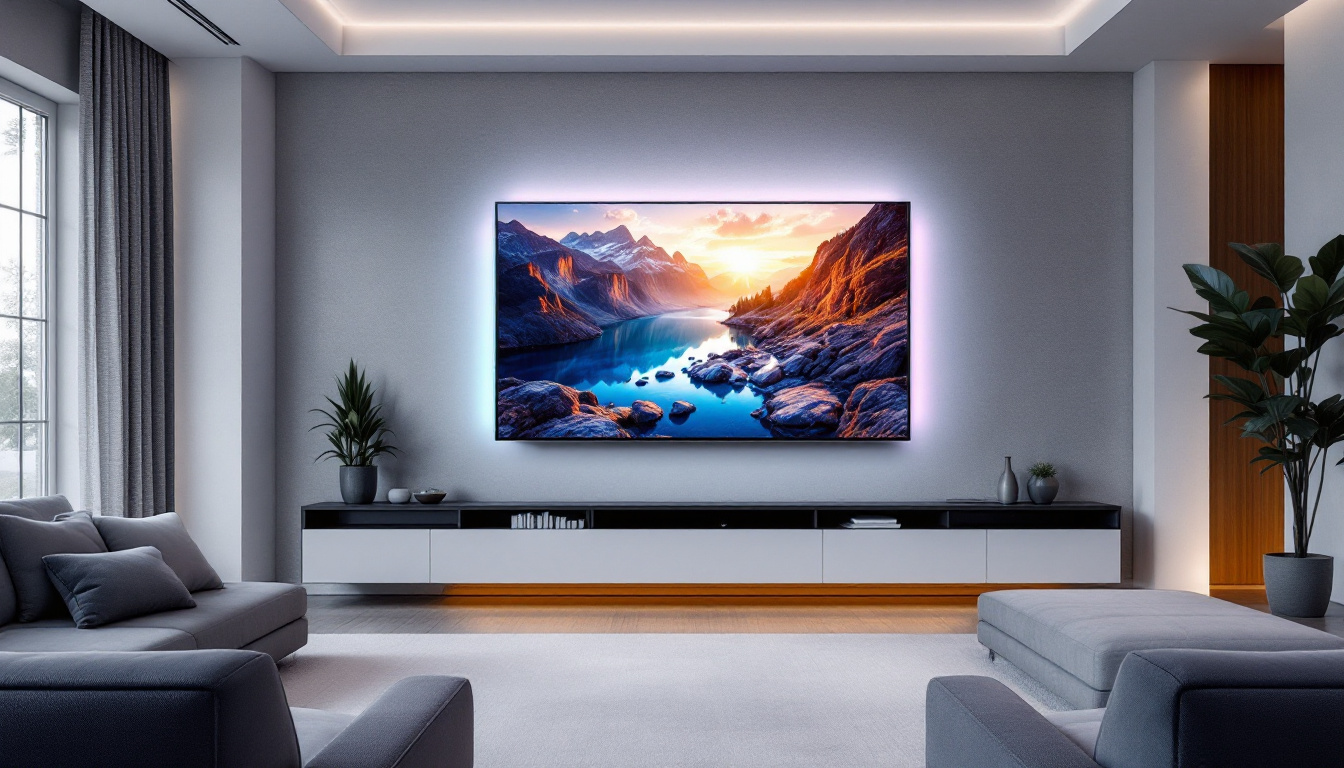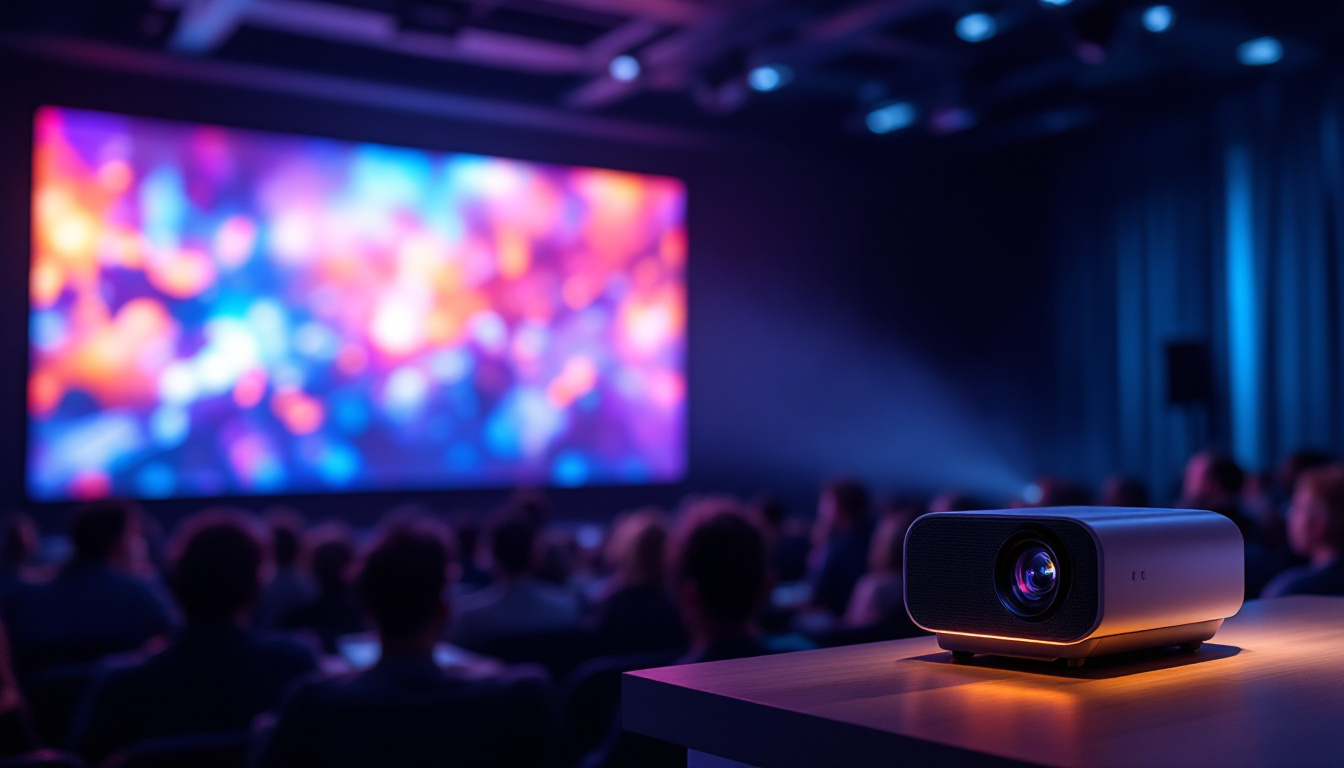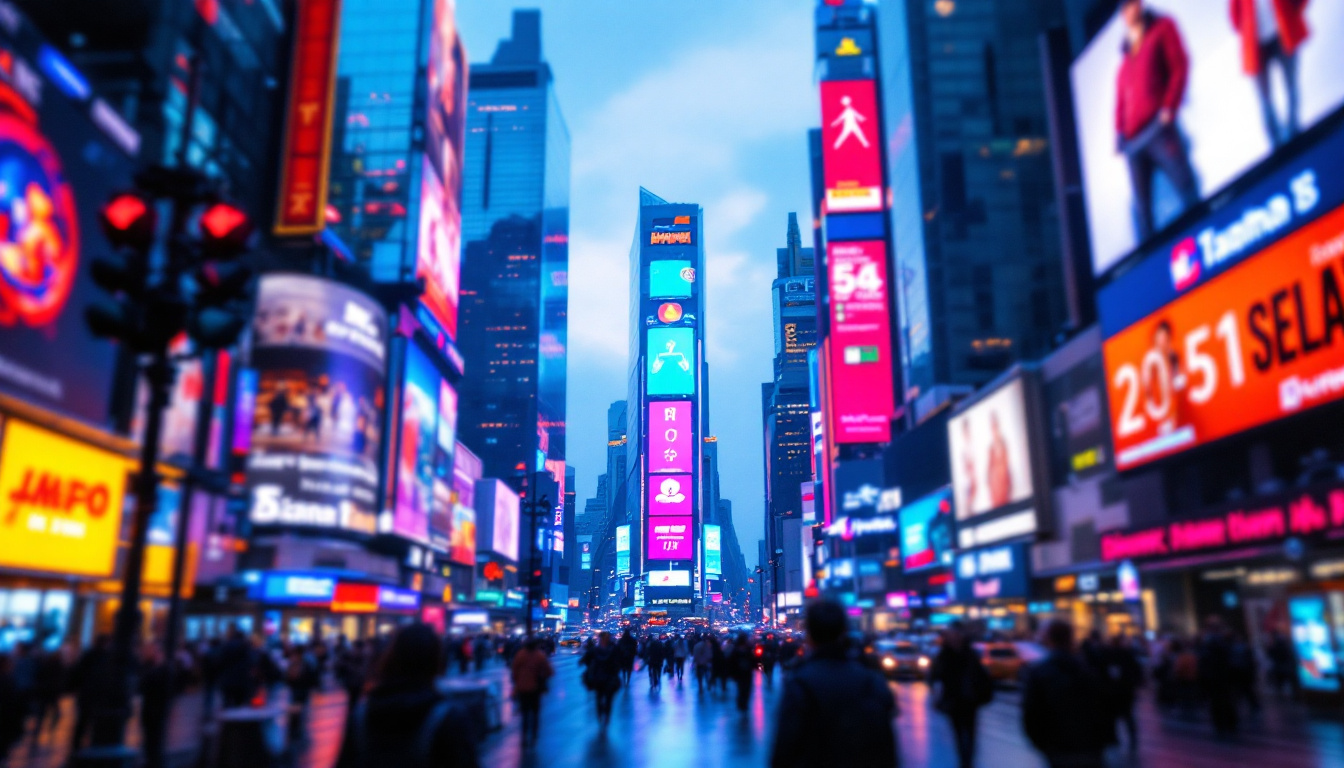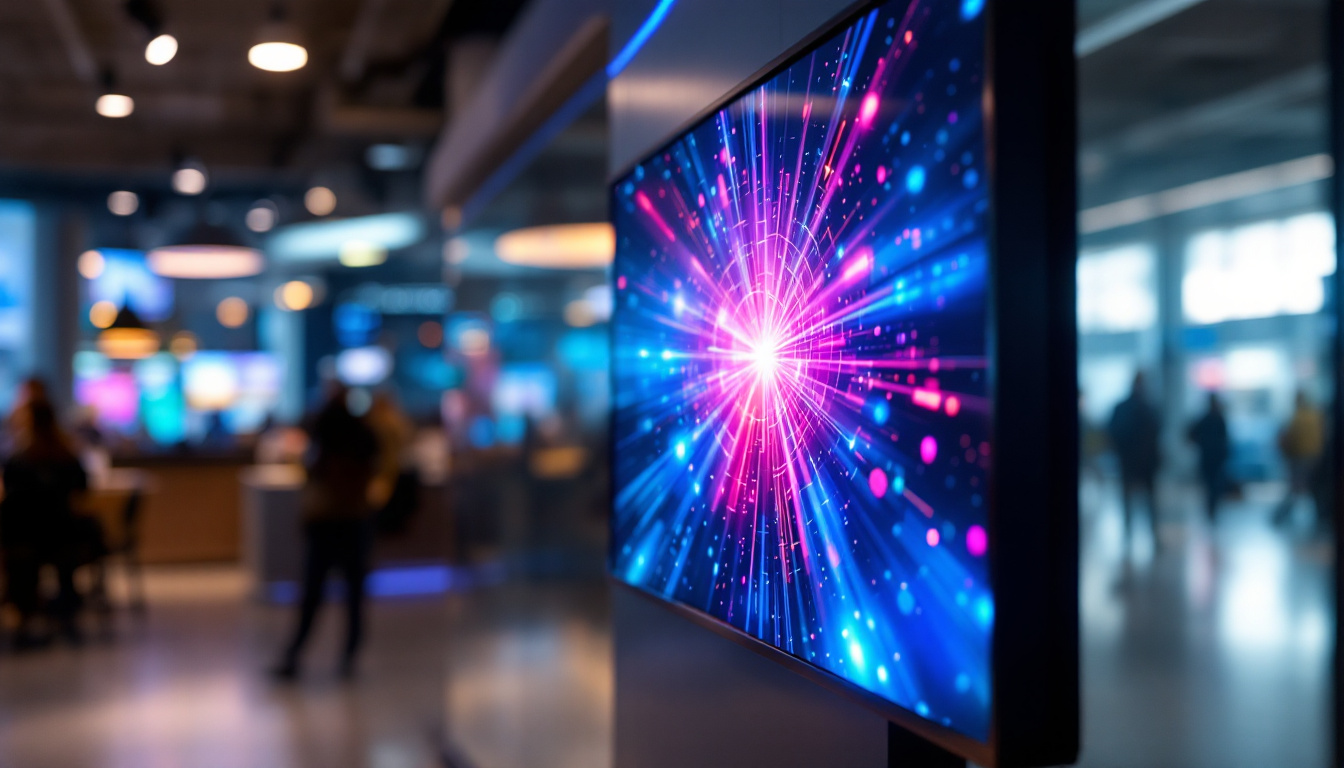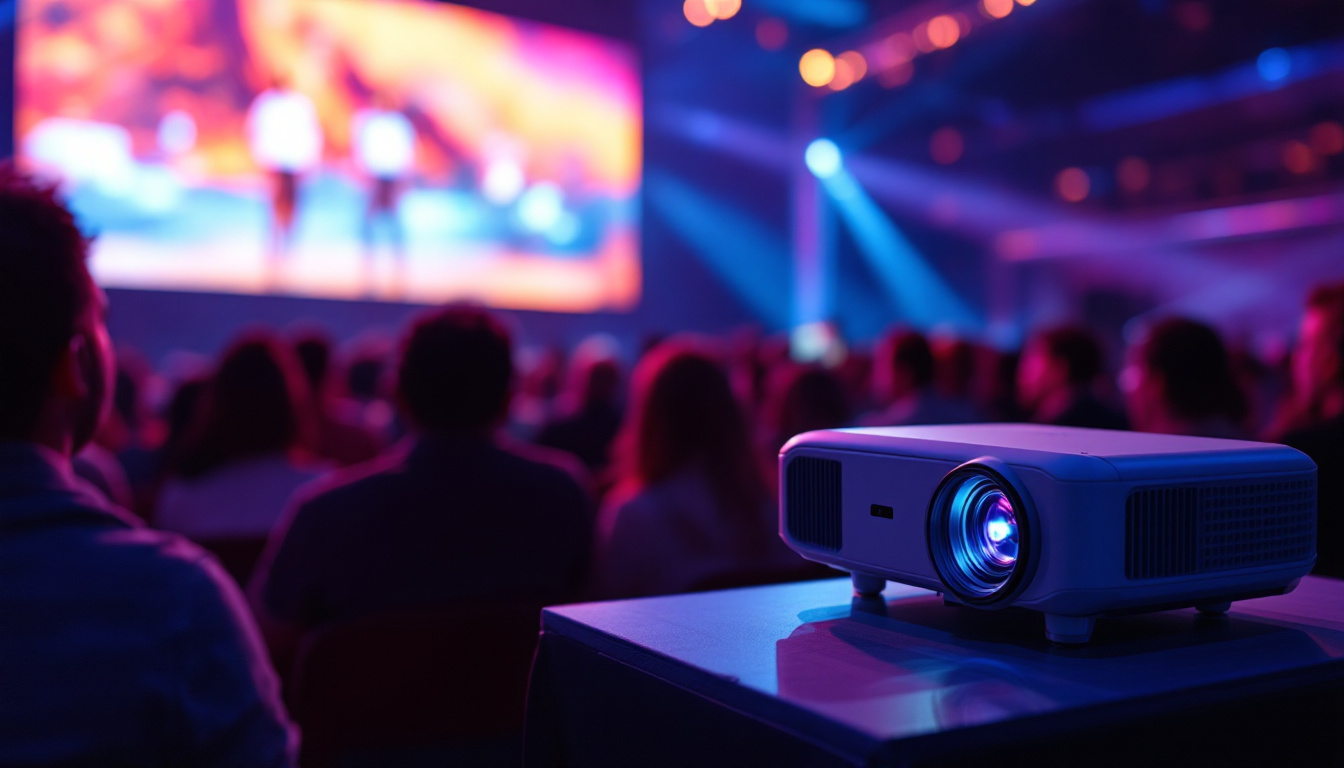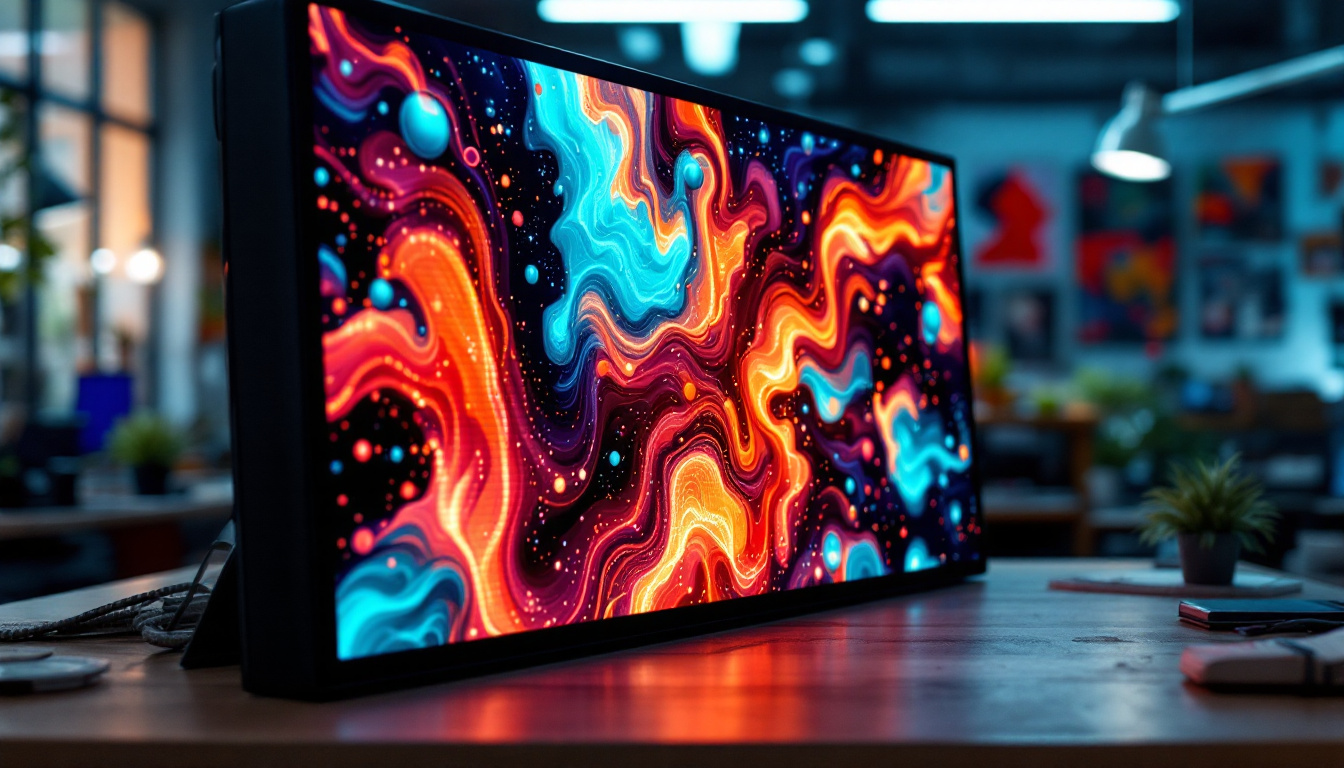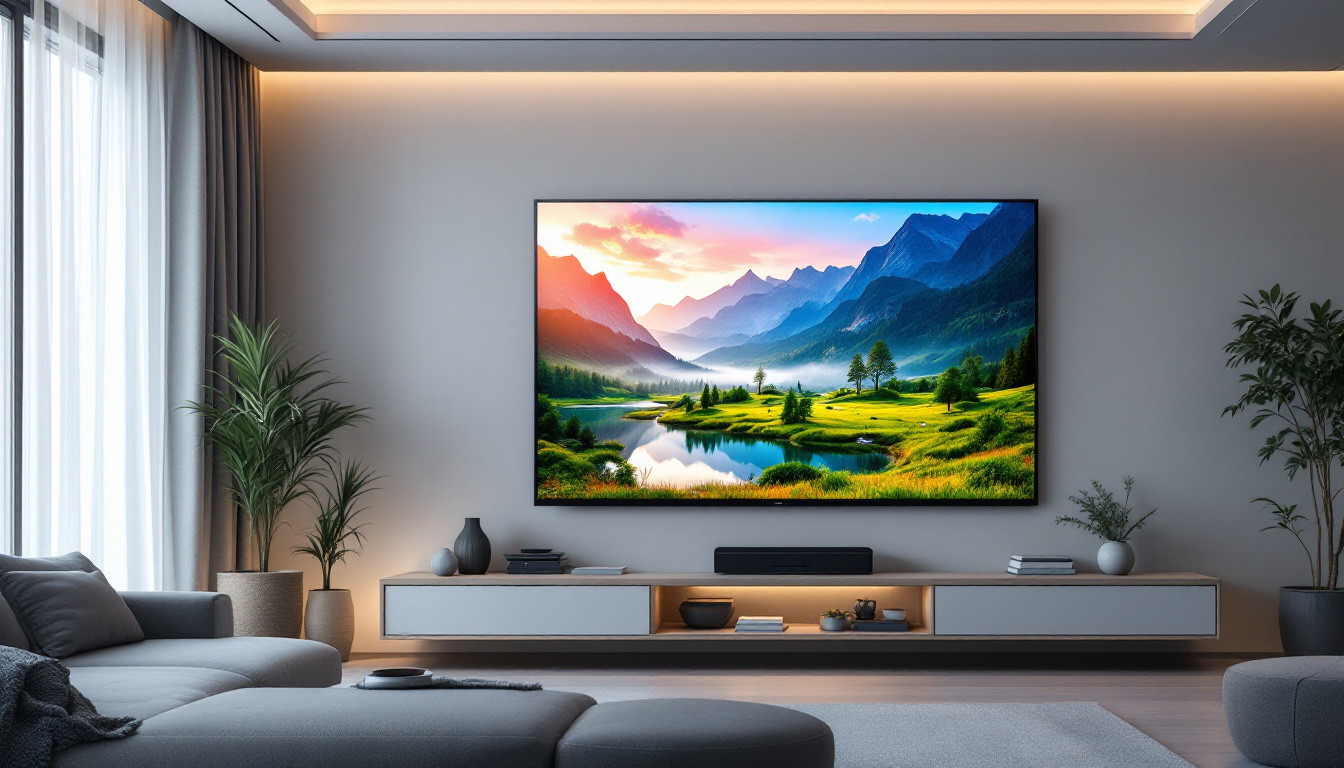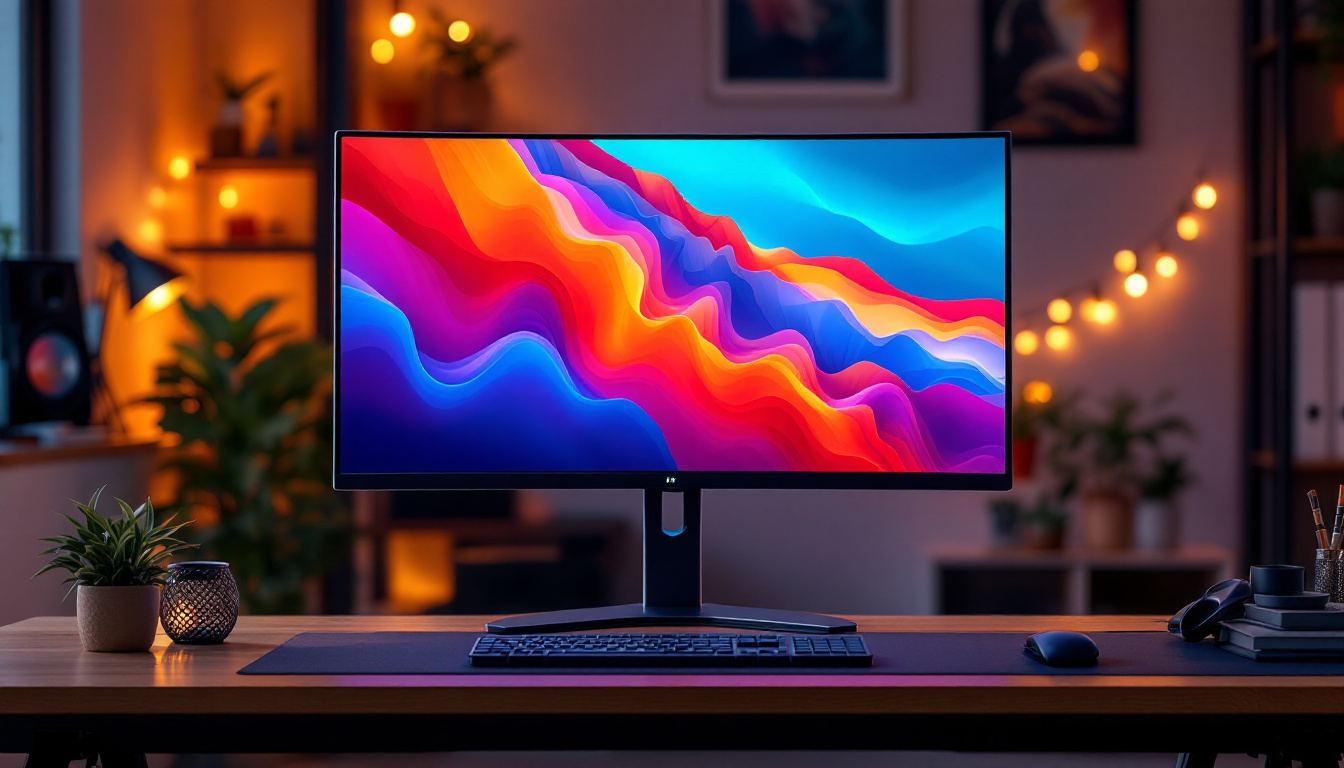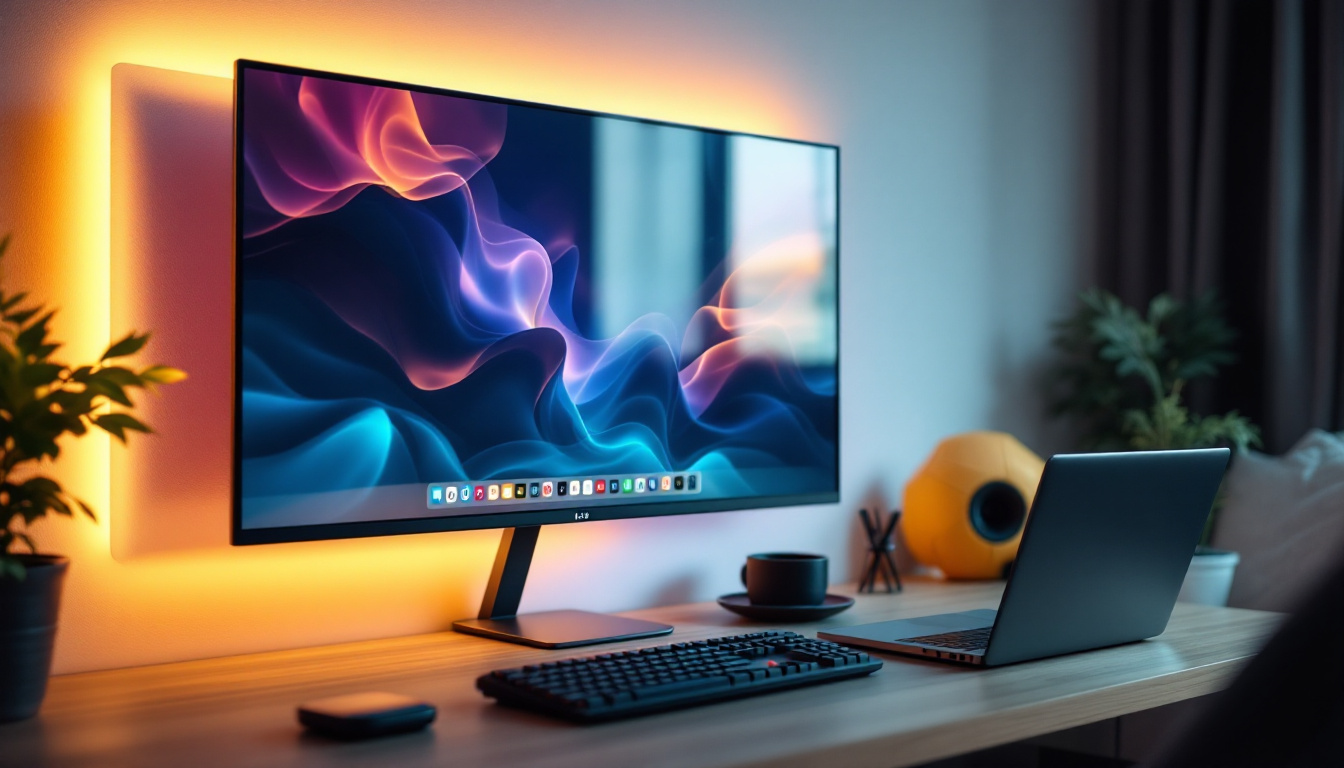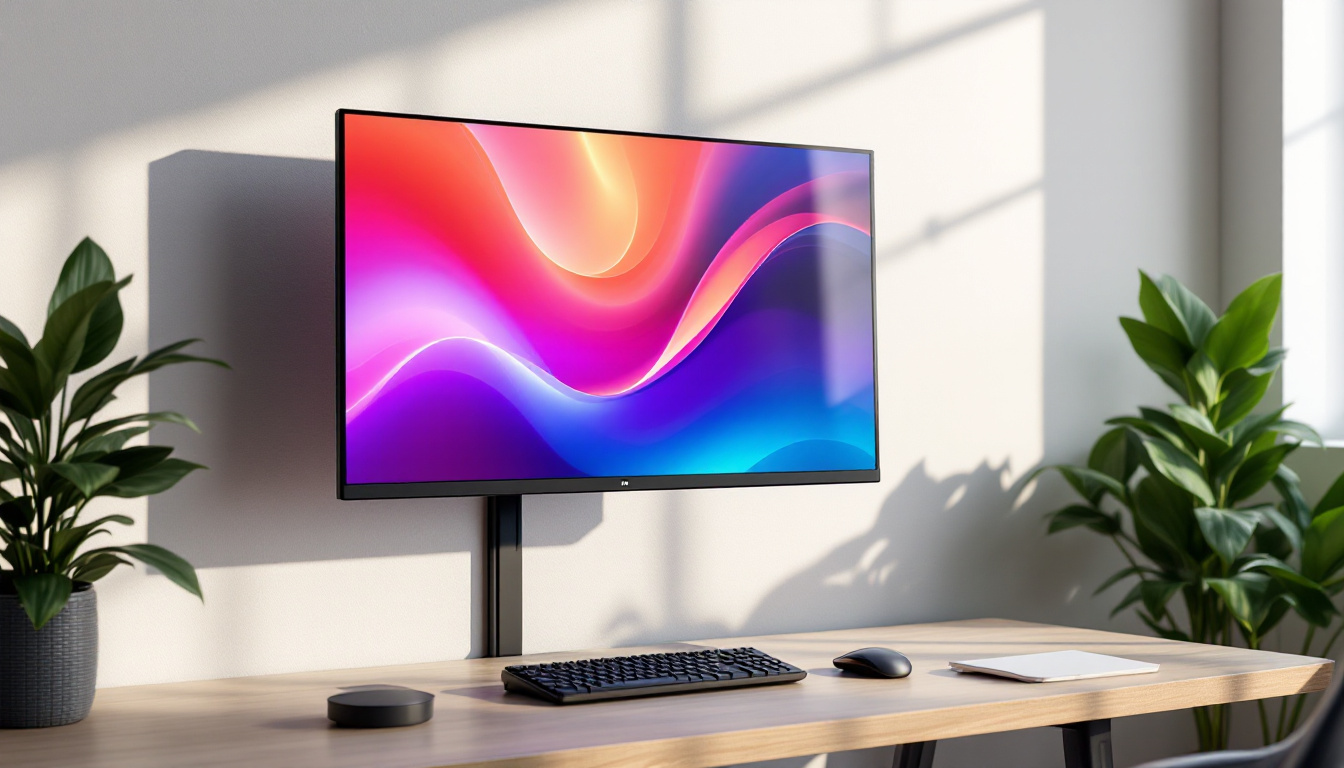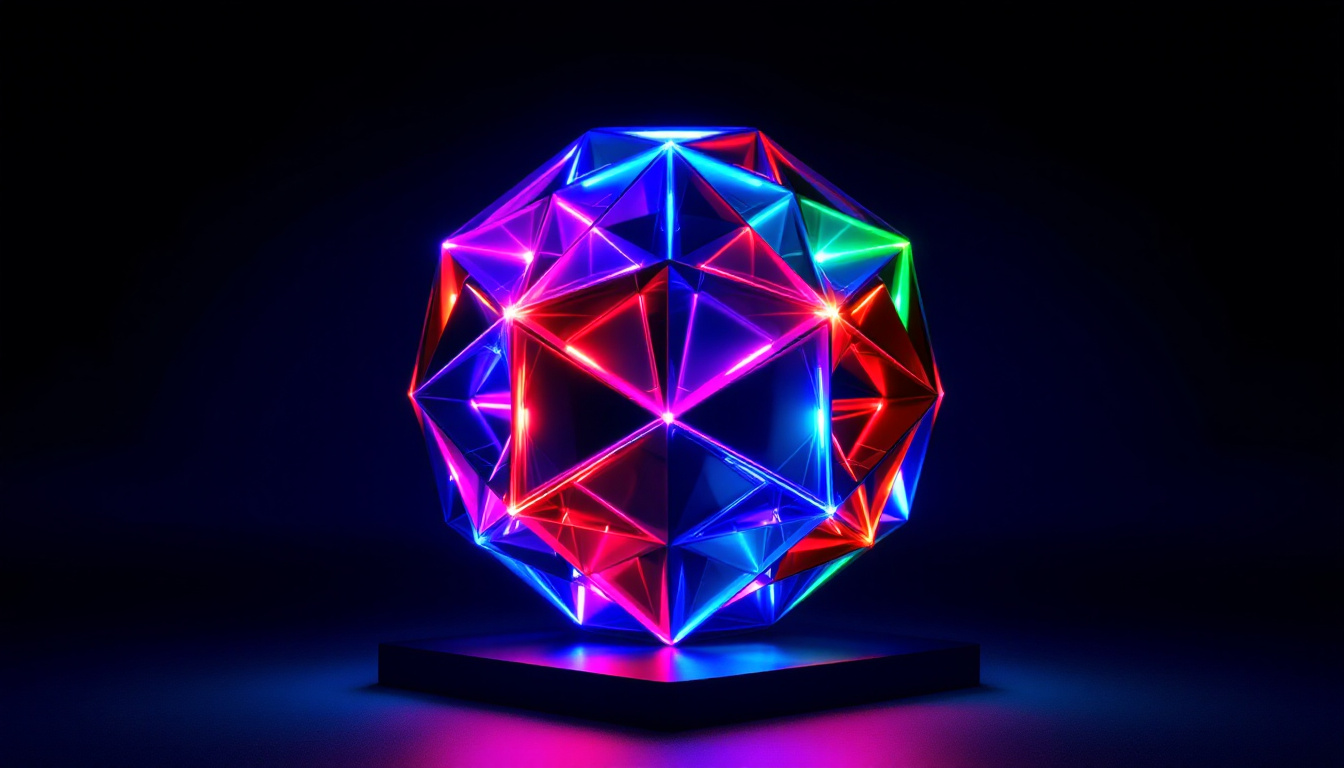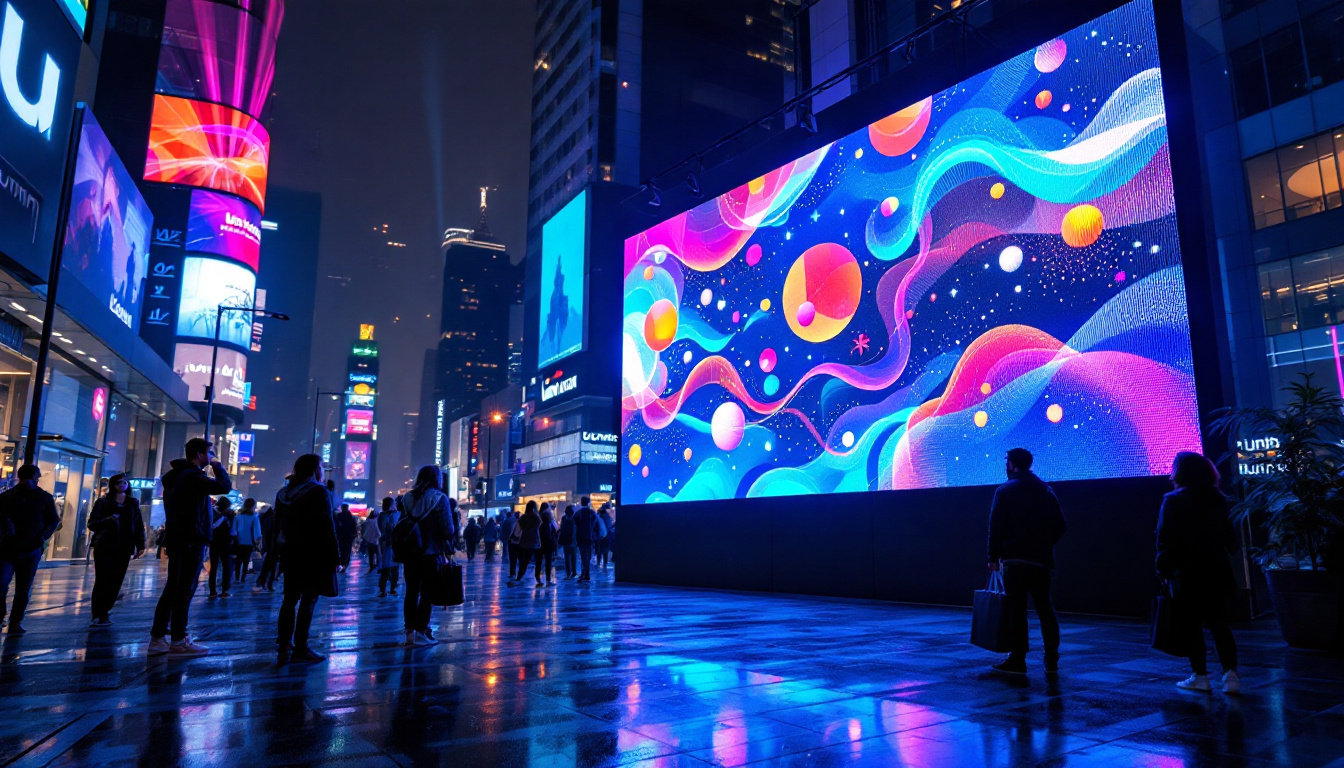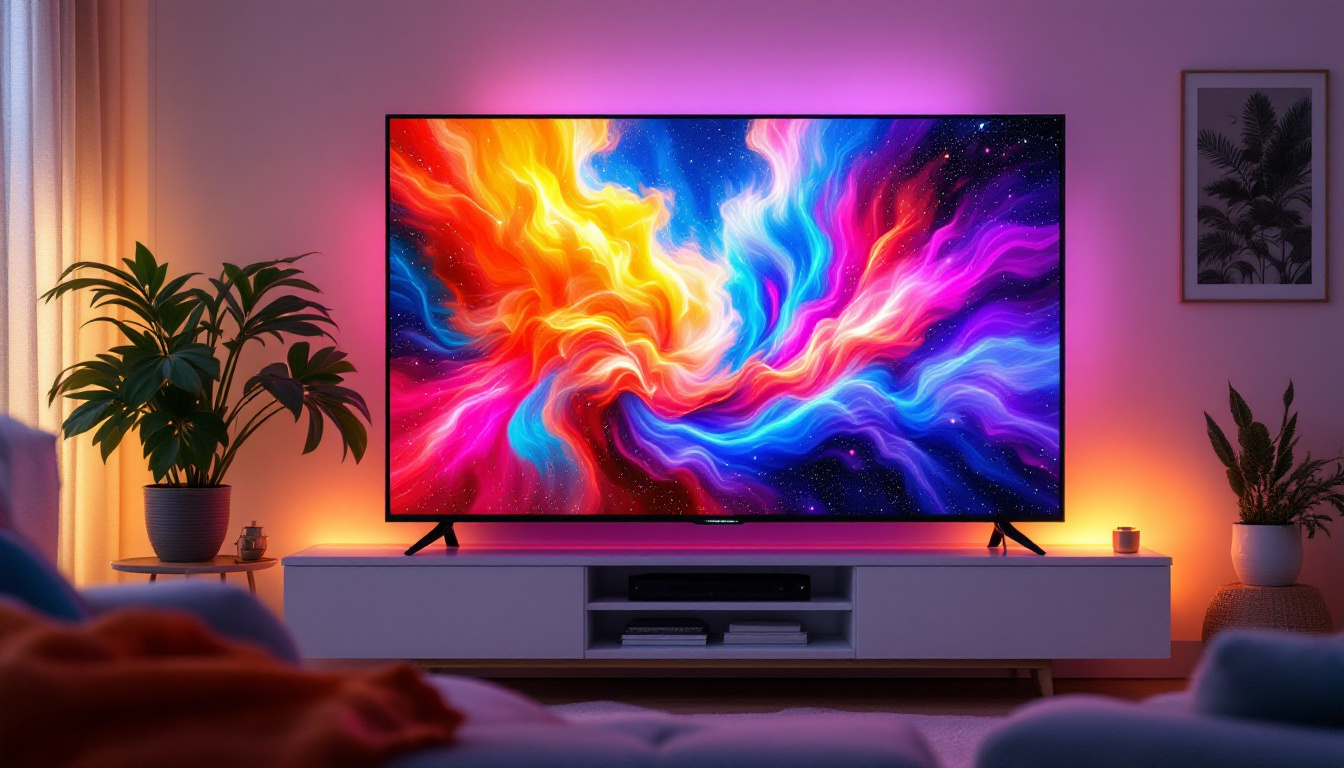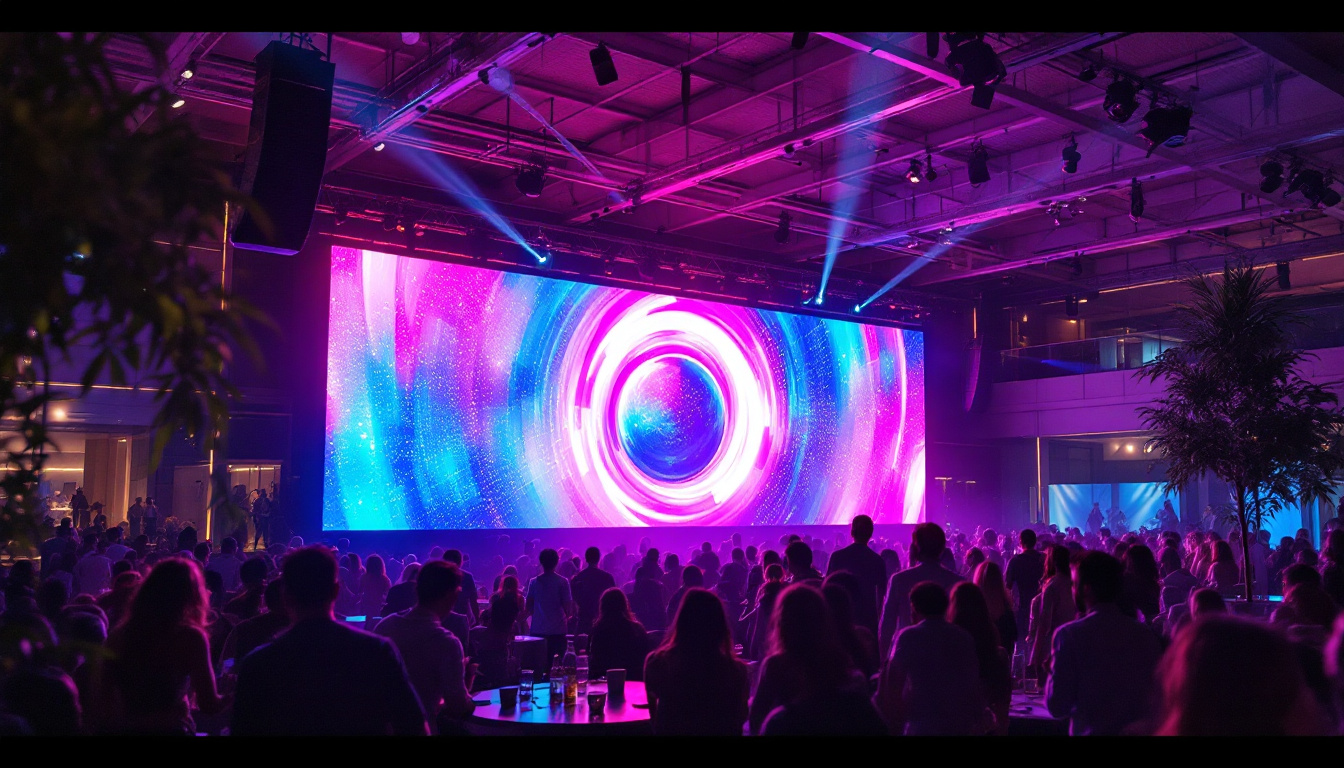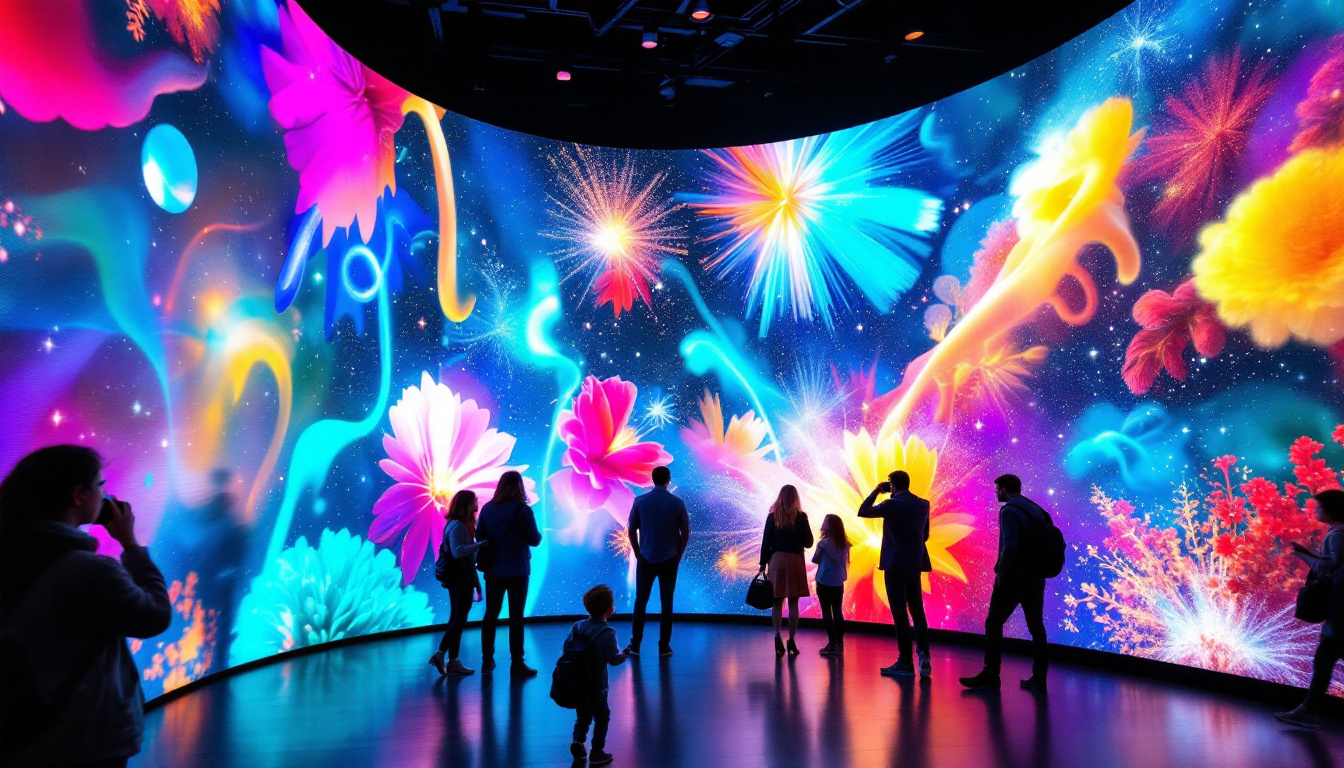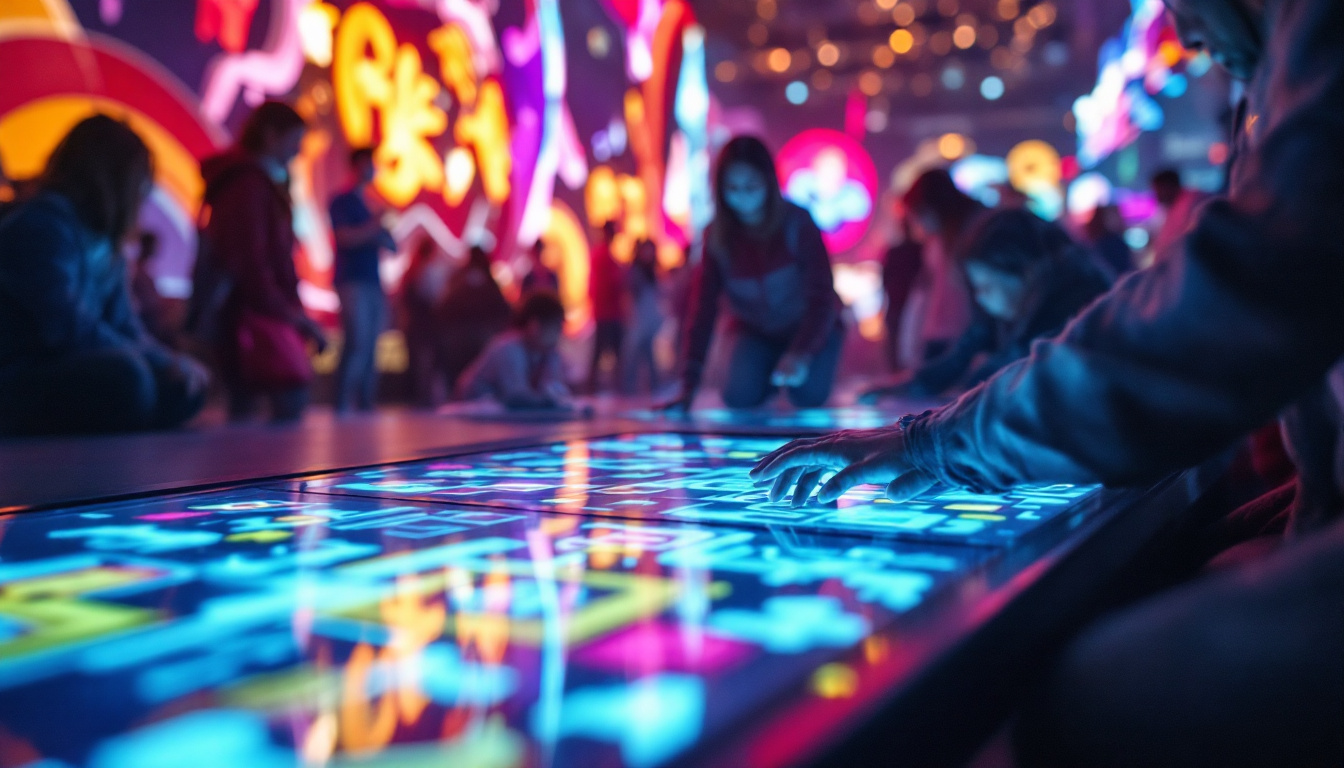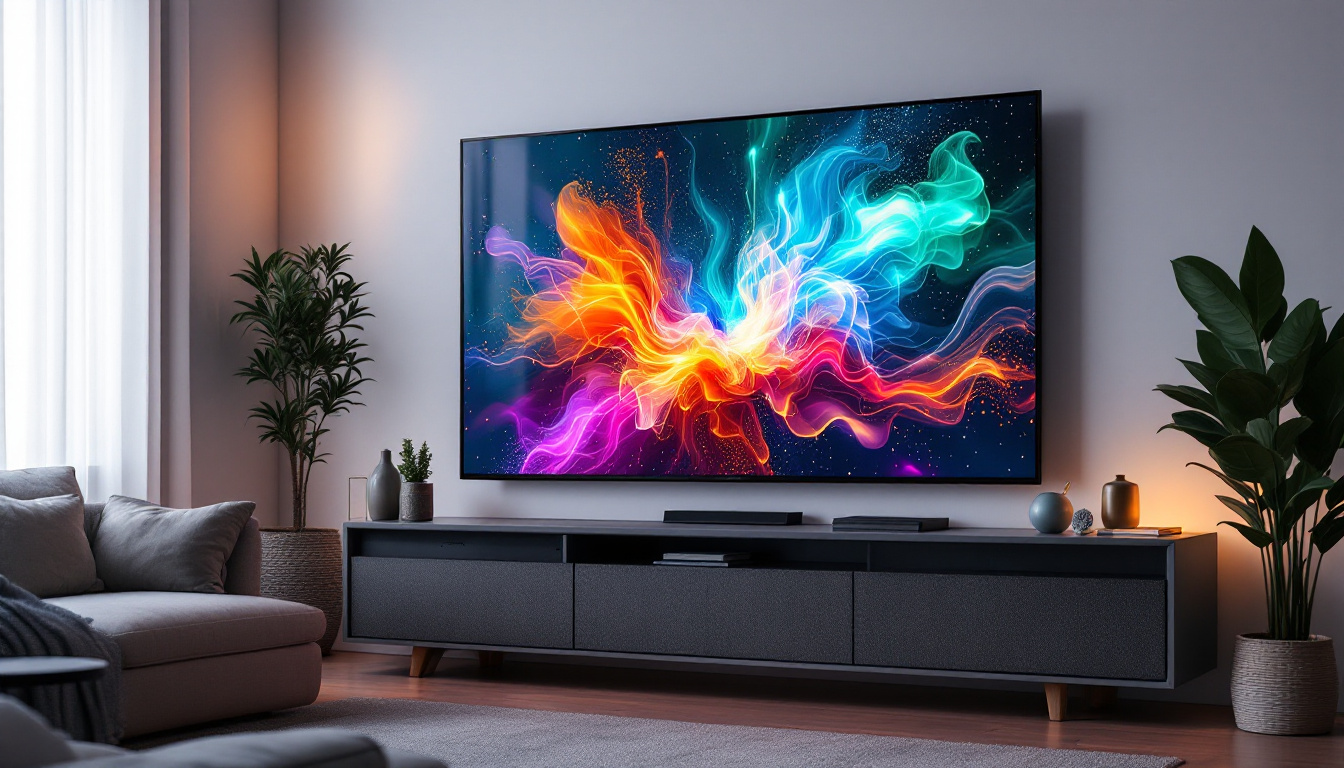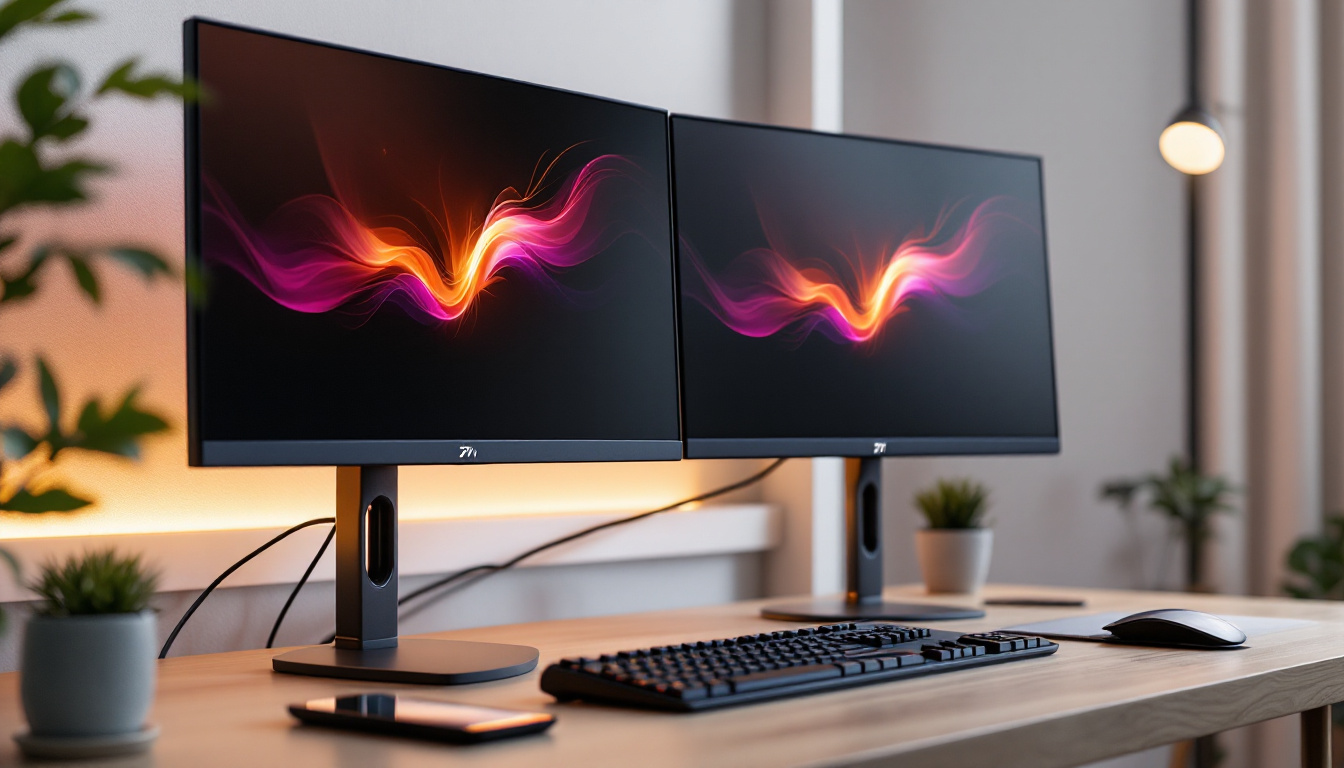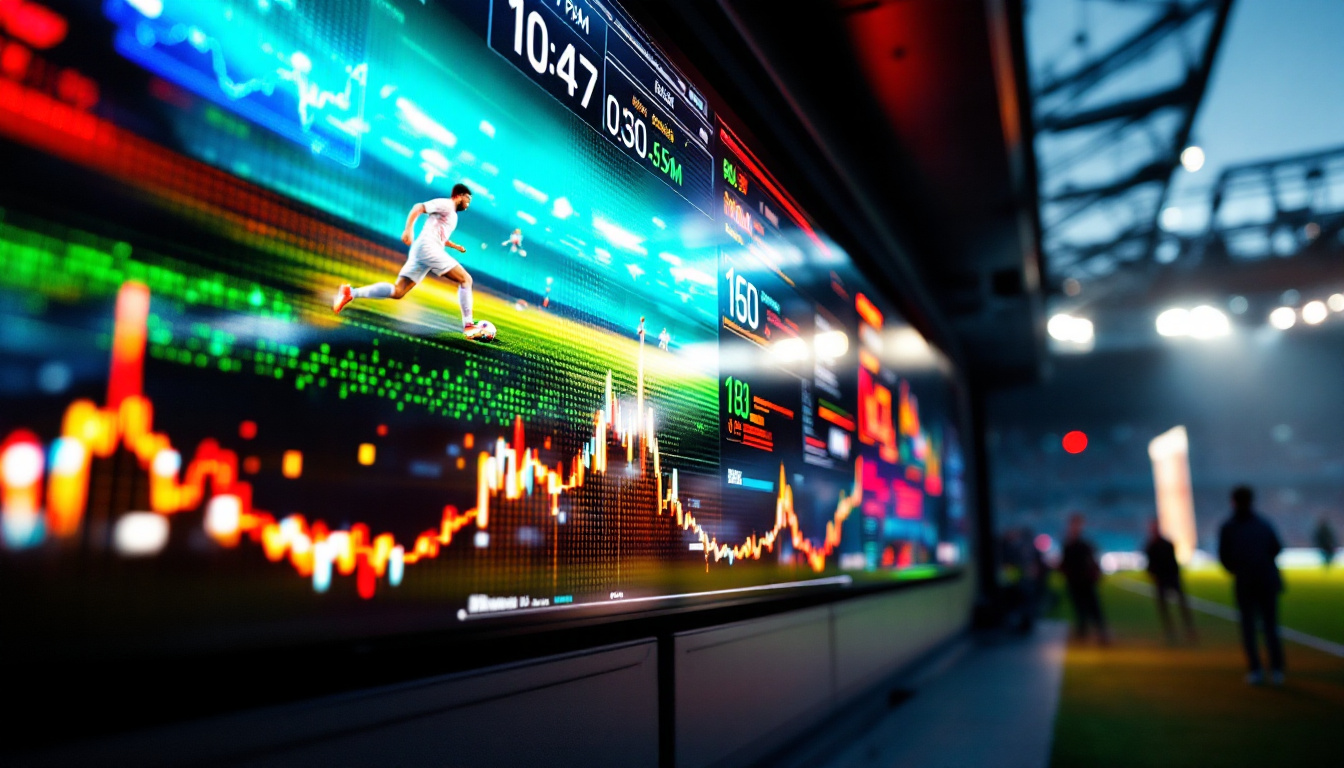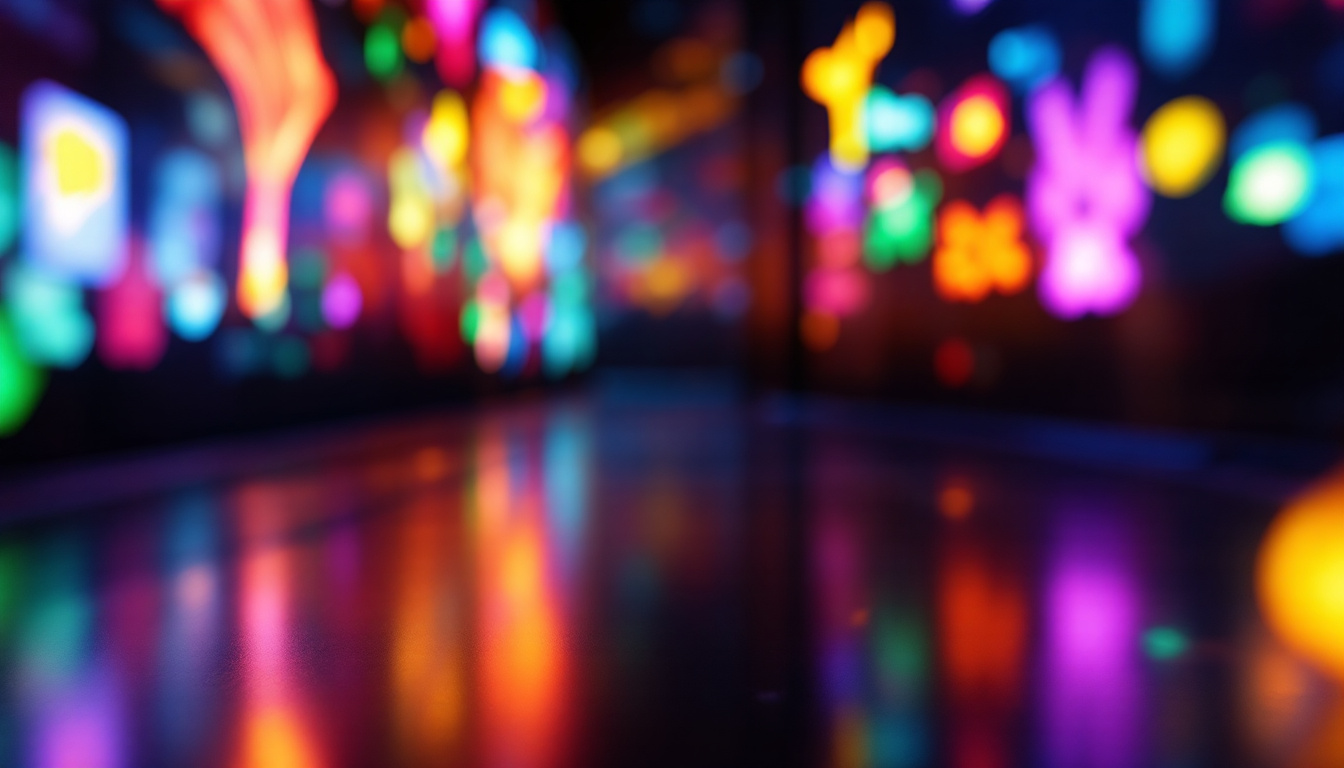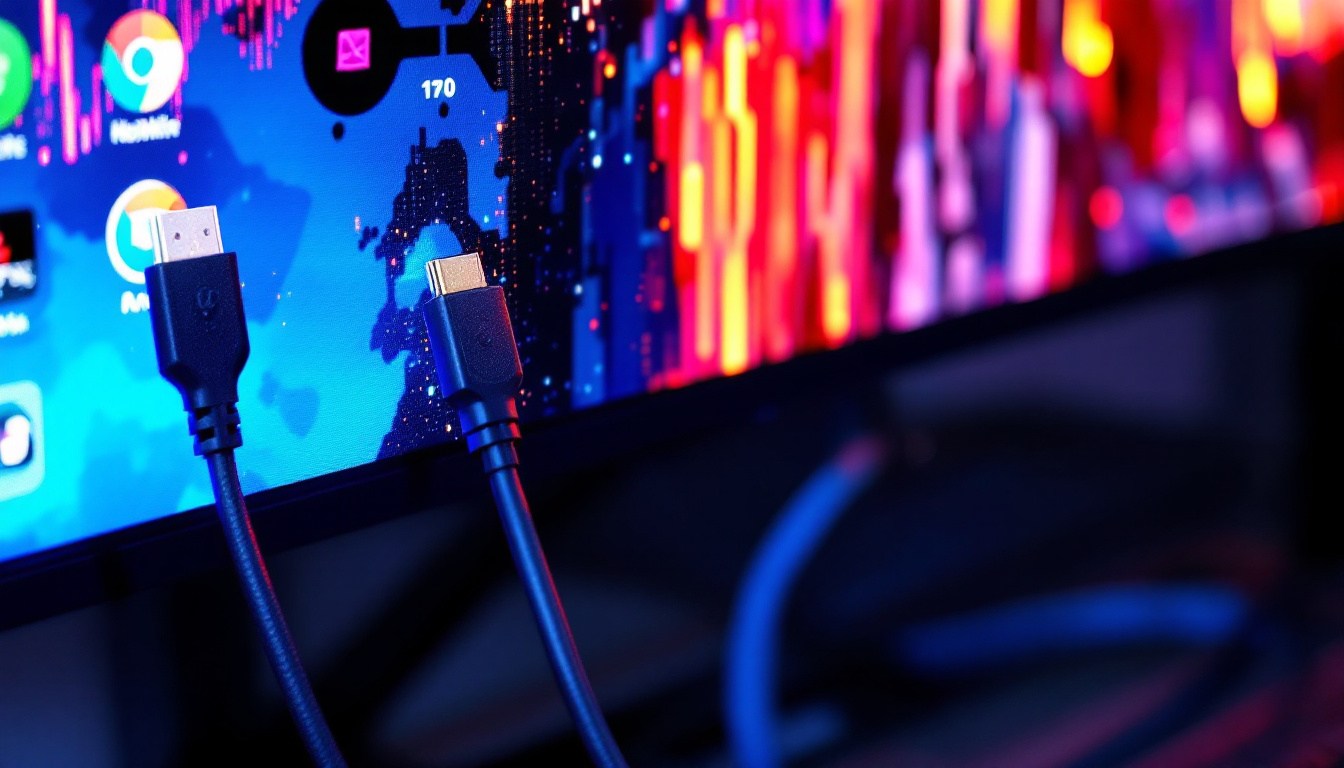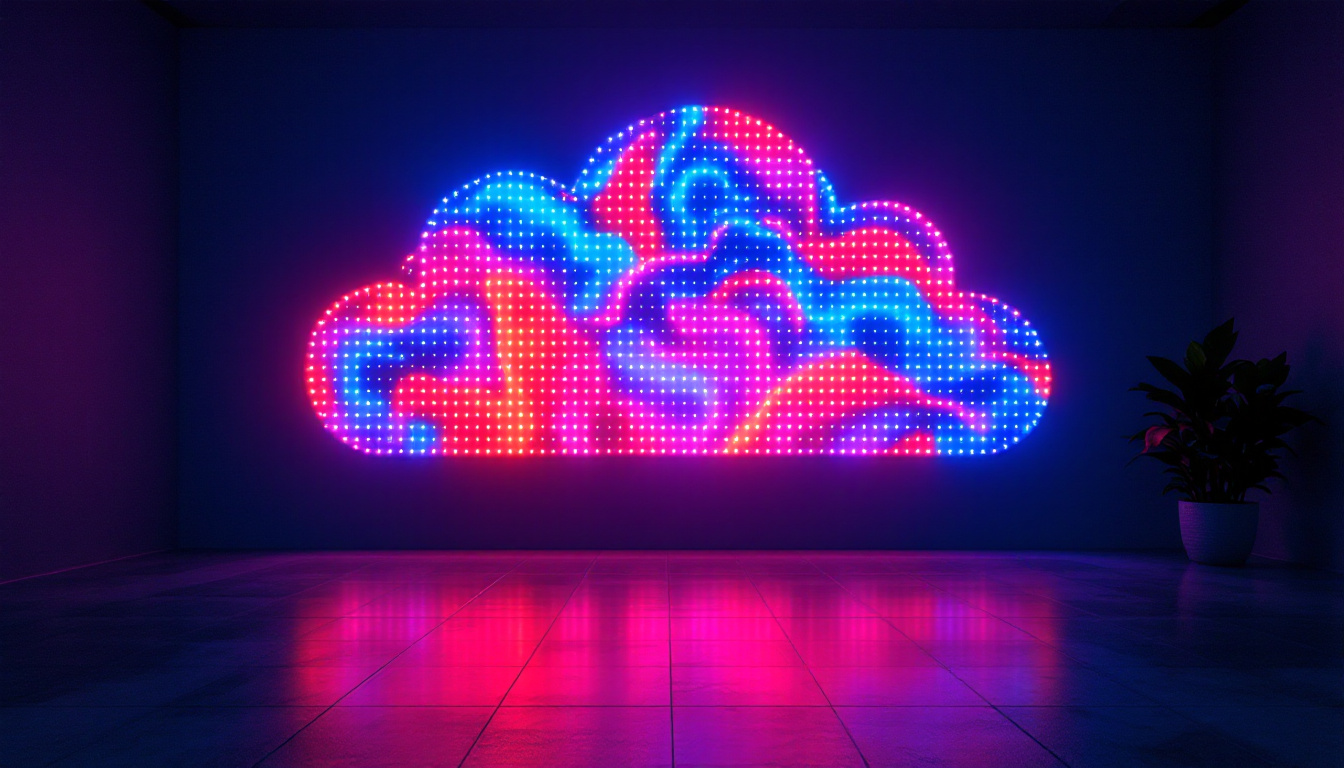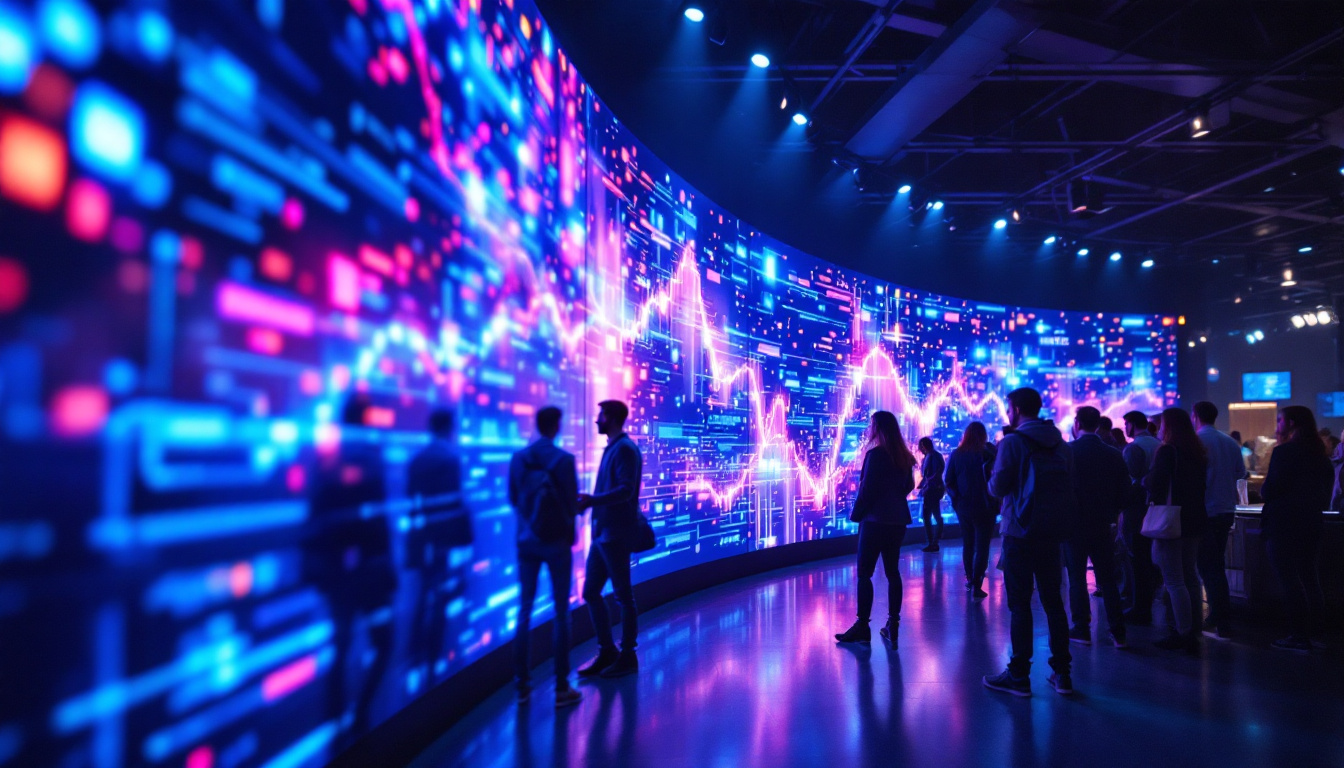In today’s digital age, the demand for high-quality visual displays has surged, especially in commercial settings. One of the most popular choices for large-scale visual communication is the LED monitor wall display. This technology has transformed how businesses, educational institutions, and public spaces convey information and engage audiences. This article delves into the intricacies of LED display technology, its applications, advantages, and considerations for implementation.
Understanding LED Technology
LED, or Light Emitting Diode, technology has revolutionized the display industry. Unlike traditional LCD screens that rely on backlighting, LED displays utilize individual diodes to produce light. This fundamental difference contributes to various advantages that make LED displays particularly appealing for monitor walls. The efficiency of LED technology not only enhances brightness and color accuracy but also significantly reduces energy consumption, making it a more sustainable option for both consumers and businesses alike.
How LED Displays Work
At the core of an LED display is a matrix of tiny light-emitting diodes. Each diode can emit different colors, allowing for a broad spectrum of hues to be displayed. The combination of red, green, and blue (RGB) light creates the full range of colors visible on the screen. When these diodes are arranged in a grid, they form a larger display capable of showing images, videos, and dynamic content. This flexibility in color mixing not only allows for vibrant visuals but also enables the display to adapt to various content types, from high-definition videos to intricate graphics.
LED displays can be categorized into two main types: direct view and backlit. Direct view LED displays consist of individual diodes that form the entire screen, while backlit LED displays use LEDs to illuminate an LCD panel. The former is often preferred for large-scale installations due to its superior brightness and contrast levels. Additionally, direct view displays can achieve a higher refresh rate, making them ideal for fast-moving content, such as sports broadcasts or gaming applications.
Types of LED Displays
There are several types of LED displays, each designed for specific applications. The most common types include:
- Indoor LED Displays: These are designed for use in controlled environments, such as conference rooms, retail spaces, and theaters. They typically have a higher pixel density, providing sharper images and text. Indoor displays often feature advanced technologies like HDR (High Dynamic Range) to enhance visual quality further, ensuring that colors are more vibrant and details are more pronounced.
- Outdoor LED Displays: Built to withstand the elements, outdoor displays are more robust and feature higher brightness levels to ensure visibility in direct sunlight. They are commonly used for billboards and public information displays. Many outdoor models also incorporate weatherproofing and anti-glare technologies, ensuring that they remain functional and clear in various weather conditions.
- Transparent LED Displays: This innovative technology allows for the display of images while maintaining transparency. They are often used in retail environments to create eye-catching displays without obstructing views. Transparent LED displays can also serve dual purposes, functioning as both advertising platforms and windows, seamlessly integrating digital content into physical spaces.
In addition to these types, there are also specialized LED displays such as flexible LED screens that can be bent and shaped to fit unique environments, and high-resolution LED displays that cater to professional settings like broadcast studios and control rooms. The versatility of LED technology continues to expand, allowing for creative applications that were previously unimaginable, such as immersive environments and interactive installations that engage audiences in new ways.
Applications of LED Monitor Walls
LED monitor walls have found their way into various sectors, each leveraging the technology for unique purposes. From advertising to education, the versatility of LED displays is evident.
Commercial Advertising
One of the most prominent applications of LED monitor walls is in commercial advertising. Retailers and brands utilize these displays to showcase their products, promotions, and brand messages. The vibrant colors and high resolution of LED screens capture the attention of passersby, making them an effective tool for driving sales.
Moreover, the ability to change content dynamically allows businesses to tailor their messages to different audiences or times of day, maximizing engagement and impact.
Corporate Communication
In corporate environments, LED monitor walls serve as powerful communication tools. They can be used for displaying real-time data, company news, or presentations during meetings. The large format ensures that information is visible to all attendees, fostering collaboration and engagement.
Additionally, many organizations use LED displays for digital signage, providing employees and visitors with important information, such as wayfinding, schedules, and announcements.
Entertainment and Events
LED monitor walls have become a staple in the entertainment industry, particularly for concerts, festivals, and sporting events. Their ability to display high-quality visuals in large formats enhances the overall experience for attendees.
Event organizers often use LED displays to create immersive environments, showcasing dynamic visuals that complement performances or presentations. The flexibility of LED technology allows for creative staging and design, making every event unique.
Advantages of LED Monitor Walls
The popularity of LED monitor walls can be attributed to several key advantages that set them apart from traditional display technologies.
High Brightness and Contrast
One of the most significant benefits of LED displays is their exceptional brightness and contrast levels. This capability ensures that content remains visible even in brightly lit environments, making them ideal for outdoor applications and well-lit indoor spaces.
High contrast ratios enhance the clarity of images and text, allowing for more vibrant visuals that capture attention and convey messages effectively.
Energy Efficiency
LED technology is inherently energy-efficient compared to older display technologies. LED displays consume less power while delivering superior brightness, resulting in lower operational costs. This efficiency is particularly beneficial for businesses that operate large monitor walls, as it can lead to significant savings over time.
Longevity and Durability
LED displays are known for their longevity and durability. With a lifespan that can exceed 100,000 hours, they require less frequent replacement than traditional display technologies. Additionally, many LED displays are designed to withstand harsh environmental conditions, making them suitable for both indoor and outdoor use.
Considerations for Implementation
While LED monitor walls offer numerous advantages, there are several factors to consider before implementation. Understanding these considerations can help ensure a successful installation that meets the specific needs of the organization.
Cost and Budget
The initial investment for LED monitor walls can be significant, depending on the size, resolution, and features of the display. Organizations must carefully assess their budget and determine the expected return on investment (ROI) before proceeding with a purchase.
Additionally, ongoing maintenance and operational costs should be factored into the budget, as these can vary based on usage and display technology.
Space and Location
The physical space where the LED monitor wall will be installed is crucial for its effectiveness. Considerations include the viewing distance, angle, and surrounding lighting conditions. Proper placement ensures that the display is easily visible and that the content can be appreciated as intended.
Moreover, organizations should evaluate the structural requirements for mounting the display, ensuring that the installation is safe and secure.
Content Management
Content is king when it comes to LED monitor walls. Organizations must have a clear strategy for managing and updating content regularly. This includes determining the types of content to be displayed, the frequency of updates, and the tools required for content management.
Investing in a robust content management system (CMS) can streamline this process, allowing for easy scheduling and distribution of content across multiple displays.
Future Trends in LED Display Technology
The LED display industry is continually evolving, with new technologies and trends emerging to enhance performance and user experience. Staying informed about these trends can help organizations remain competitive and make informed decisions regarding their display solutions.
Advancements in Resolution
As technology progresses, the resolution of LED displays continues to improve. High-definition (HD) and ultra-high-definition (UHD) displays are becoming more common, offering sharper images and finer details. This trend is particularly important for applications that require precise visuals, such as medical imaging or detailed graphics.
Additionally, advancements in pixel pitch—the distance between individual pixels—allow for closer viewing distances without sacrificing image quality, making LED displays suitable for a wider range of applications.
Integration with Smart Technology
The integration of LED displays with smart technology is another exciting trend. Smart displays can connect to the internet, enabling real-time data updates and interactive features. This capability enhances the user experience and allows for more dynamic content delivery.
For example, businesses can leverage data analytics to tailor content based on audience behavior or preferences, creating a more personalized experience.
Sustainability Initiatives
As environmental concerns grow, the LED display industry is also focusing on sustainability. Manufacturers are exploring eco-friendly materials and energy-efficient technologies to reduce the environmental impact of production and operation.
Organizations can benefit from these initiatives by choosing displays that align with their sustainability goals, enhancing their corporate responsibility efforts.
Conclusion
LED monitor wall displays have become an integral part of modern visual communication, offering unparalleled brightness, clarity, and versatility. Their applications span various industries, from advertising and corporate communication to entertainment and education. While there are considerations to keep in mind during implementation, the advantages of LED technology make it a compelling choice for organizations looking to enhance their visual presence.
As technology continues to advance, staying informed about trends and innovations in LED displays will be crucial for organizations aiming to leverage this powerful tool effectively. By understanding the capabilities and potential of LED monitor walls, businesses can create engaging environments that captivate audiences and drive results.
Discover LumenMatrix LED Display Solutions
Ready to elevate your visual communication with the brilliance of LED technology? Look no further than LumenMatrix, a pioneer in crafting immersive LED display modules tailored to your needs. From vibrant Indoor and Outdoor LED Walls to dynamic Vehicle and Sports Displays, our solutions are designed to captivate and engage. Experience the revolution in digital signage with our Custom, All-in-One, and Transparent LED Displays. Embrace the future of visual storytelling with LumenMatrix. Check out LumenMatrix LED Display Solutions and transform your space into a beacon of innovation and engagement.

